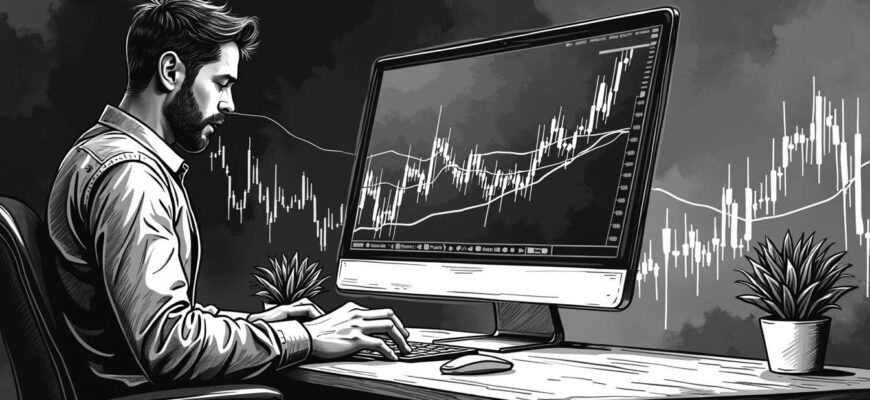What is High-Leverage Trading in Cryptocurrency?
Q: What does high-leverage trading refer to in the crypto world?
High-leverage trading is akin to borrowing money to increase the size of a trade. It allows you to control a more substantial amount of cryptocurrency with a smaller investment of your own. So, for instance, with 100x leverage, your $100 can control $10,000 worth of cryptocurrency.
Why is High-Leverage Trading Risky?
Q: Why is high-leverage trading considered risky?
High-leverage trading risks are straightforward: small price changes can lead to large profits or massive losses. The crypto market is known for its volatility, and this makes high-leverage trading especially precarious. Liquidation is a significant risk; if the market moves against your position, the exchange can close it, resulting in total loss.
Q: How does market volatility affect high-leverage trading?
The inherent volatility of the crypto market can worsen the situation. Large, leveraged positions can create chain reactions that impact prices, making it hard to maintain stability. This instability can lead to frequent margin calls and liquidations.
How Can Risk Management Help?
Q: What risk management techniques should be used in high-leverage trading?
Risk management is essential in high-leverage trading. Some key strategies include:
- Stop-Loss Orders: Automatically close a position if the market turns against you.
- Position Sizing: Ensure that one trade won’t wipe out your entire account.
- Diversification: Spread your investments across various assets.
- Vigilance: Keep an eye on market conditions and change your strategies accordingly.
Q: Do precise entry points help reduce risks?
Yes, precise entry points, based on technical indicators, can improve decision-making. However, they don’t eliminate the risks. The volatile nature of crypto can lead to significant losses without comprehensive risk management strategies.
What Ethical Concerns Are There?
Q: Are there ethical concerns with promoting high-leverage trading to newcomers?
Promoting high-leverage trading to novices raises ethical questions:
- Misleading Marketing: It’s often sold as an easy way to make big profits.
- Transparency Issues: Risks may not be clearly communicated.
- Conflict of Interest: Brokers may prioritize their profits over clients’ well-being.
- Risk of Big Losses: High-leverage trading can lead to devastating losses.
Is Avoiding Take-Profit Orders Wise?
Q: What are the benefits of not using take-profit orders?
Avoiding take-profit orders allows you to benefit from ongoing price increases. Long-term traders often prefer this approach, hoping to hold their assets for more significant gains.
Q: What are the downsides of not using take-profit orders?
However, this strategy also carries risks. If the market reverses, you may suffer losses. Without take-profit orders, you’re left to monitor and close positions manually, which can be time-consuming and emotionally draining.
Can Precise Entry Points Mitigate Risks?
Q: Are precise entry points effective in reducing high-leverage risks?
Precise entry points can guide better decisions, but they can’t fully mitigate high-leverage risks. You still need effective risk management strategies, including proper position sizing and stop-loss orders. However, even with these measures, you can’t escape the risks of high-leverage trading.
Summary
High-leverage trading in cryptocurrency offers the chance for massive gains but carries substantial risks. Understanding these risks, the ethical considerations, and the importance of precise entry points is crucial. Being cautious and well-informed is vital for long-term success in this volatile market, whether you’re a seasoned pro or a curious newcomer.








